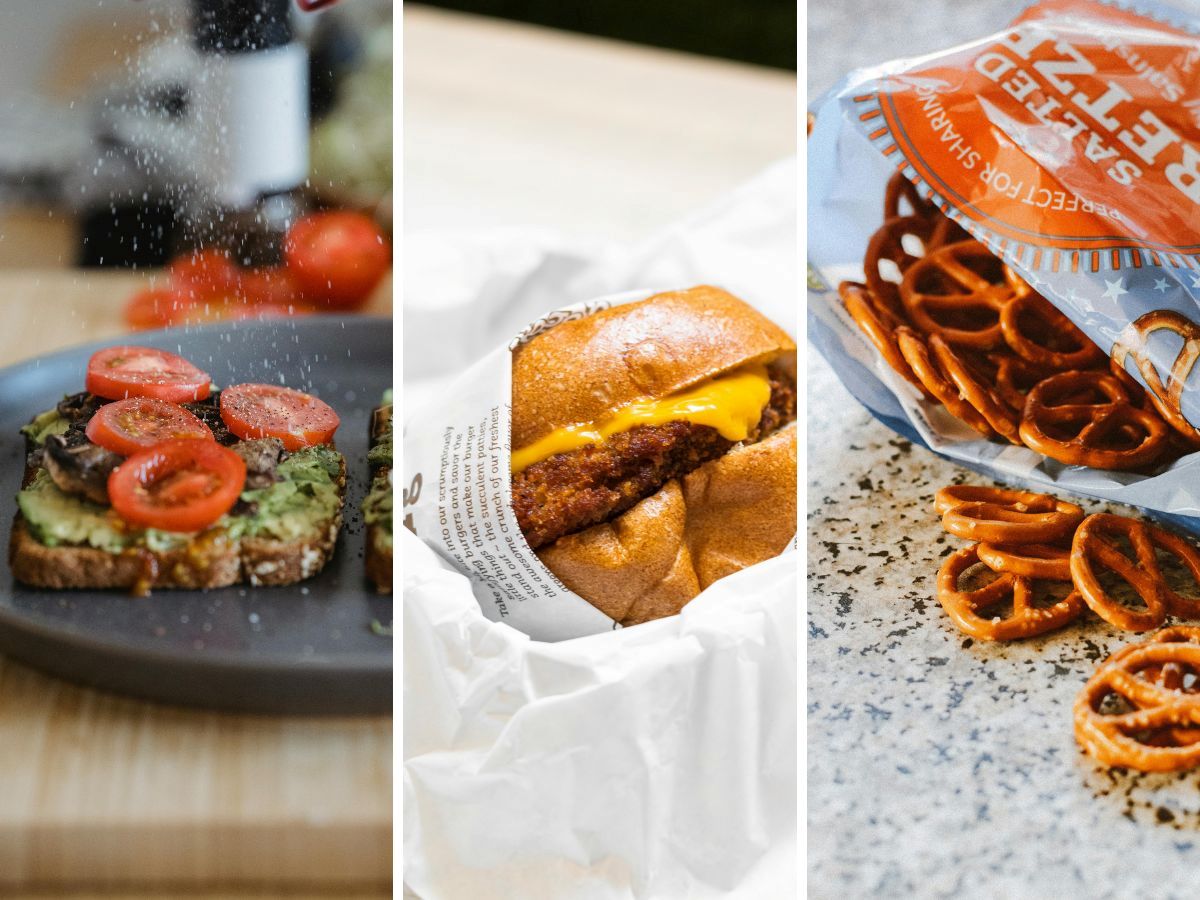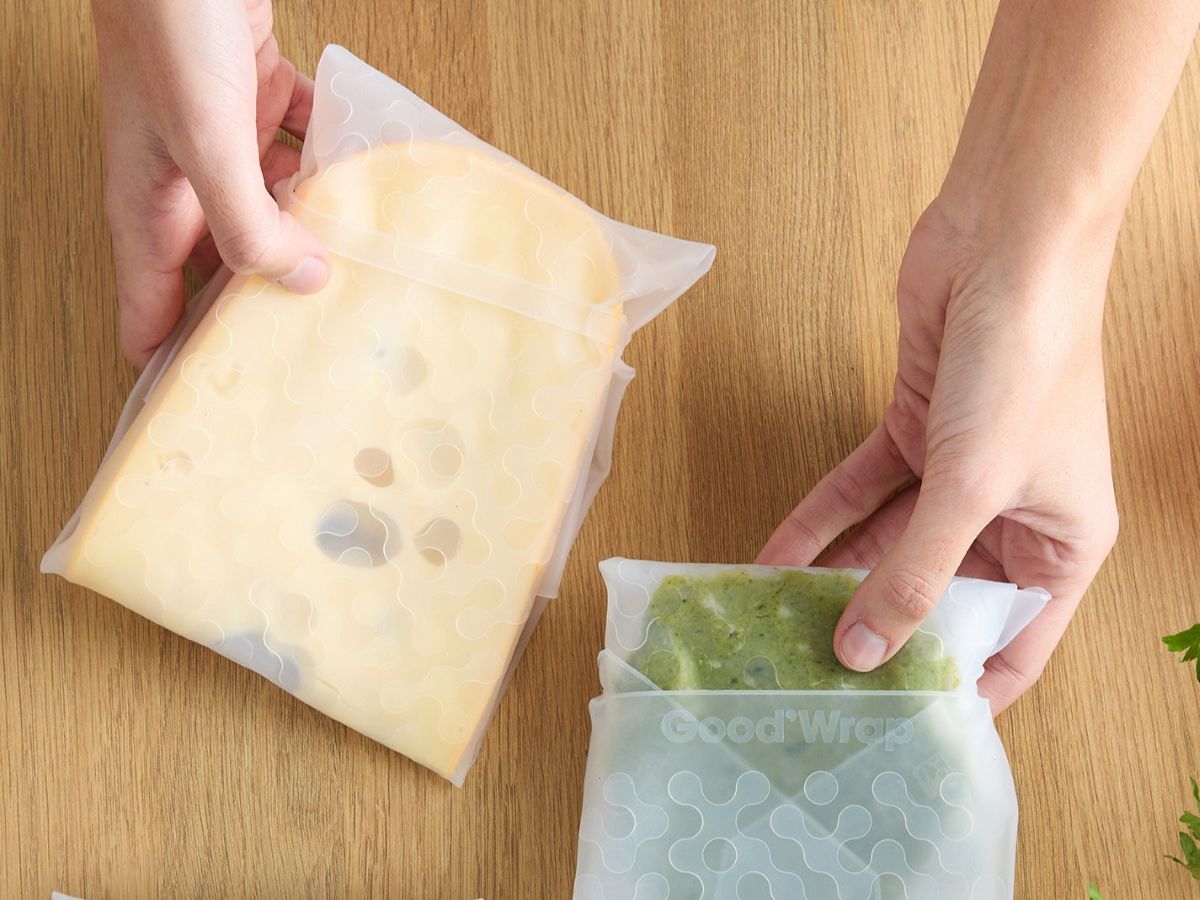Having your own vegetable garden is hipper than ever! While growing your own vegetables used to be a sign of poverty, we now like to know where our food comes from. Fairly produced food, eating with the seasons, organic, special or forgotten vegetables? With your own vegetable garden, you can control all that yourself. A vegetable garden does require some planning. And winter is the perfect time to start planning your vegetable garden. In the spring and summer, you will reap the er... vegetables! What types of vegetable gardens are there? What do you need to consider for your vegetable garden planning and especially when? We get you started so that you will soon know exactly what type of vegetable garden you are!
Different types of vegetable gardens
You may never have thought about it like this before, but there are lots of ways to grow your own fruit and vegetables. To see what suits you, though, you first need to know what options there are. We briefly explain the different types of vegetable gardens. Before you can get started with vegetable garden planning, it is important to know which type you want to start with. Or maybe you want to use a combination of different shapes in your own vegetable garden? Anything goes!


Plan well when you will sow the vegetables and fruits in the vegetable garden. Each variety has its own harvesting and therefore sowing time.
The ideal version of a vegetable garden if you have limited space or have to make do with a balcony. The vegetables grow against a wall or fence in pockets or compartments. Space-saving and very decorative too!
You don't need much space for this version either. You make your vegetable garden in containers with 30×30 cm compartments. This type of vegetable gardening is also perfect for beginners, as ready-made kits are available. Also fun for children!
This type of vegetable garden consists of several plots or strips. Each year, a different crop group is grown on a plot. After six to eight years, the crop group only returns to the same plot. This requires some extra vegetable garden planning, but helps prevent pests and diseases and is good for soil improvement versus depletion. You do need a bit more space.
Different crops can have a beneficial influence on each other. This influence can work both above and below ground and works great for disease prevention. Extra bonus: you need less space.
With permaculture, you create a vegetable garden based on natural principles. This way, your vegetable garden will have the resilience of a natural ecosystem.
- Organic vegetable garden
Are you planning an organic vegetable garden? Then don't use unnatural pesticides and plant organic seeds.
Do you like to go one step further in terms of vegetable garden planning? In a biodynamic vegetable garden, you grow your vegetables to the rhythm of nature. The cycle of the moon influences your planning.
- Keyhole vegetable garden a.k.a keyhole garden
This visually attractive type of vegetable garden is raised and shaped like a keyhole. The vegetable garden is constructed from compost material. The big advantage: you need little water and the warmth of the compost gives you a longer growing season.
The name says it all: in this vegetable garden, you don't dig and spit. By covering the soil with cardboard and applying a layer of at least 15 centimetres of mulch, you limit weeds. This type of vegetable garden saves time but yields a bigger harvest! Moreover, the no dig vegetable garden is good for soil life and your crops are less susceptible to diseases.
- Pots and containers kitchen garden
The vegetable garden that really suits everyone: small garden, terrace, balcony or window sill at your disposal? Then this is your type of vegetable garden. The downside is that this type of vegetable garden requires a relatively large amount of water. In terms of vegetable garden planning, however, you can go all the way!
So, which vegetable garden type are you? My preference is to leave the soil alone as much as possible. Good soil is the basis. That way, you preserve natural soil life and maintain a good structure.


A courgette plant grows easily and radishes also fit perfectly into your vegetable garden planning.
The actual vegetable garden planning
Yes, it takes some time to make good vegetable garden planning. Think of it as a puzzle! I can spend evenings entertaining myself with it. What do I want to grow this year and how much? How do I spread the harvest as well as possible? What did well this year and what didn't? Have a good sit down for your planning, it will really benefit you. Wasted time is not, because are you happy with your vegetable garden planning? Then you can reuse it every year!
But where do you start? At least choose vegetables you like. In addition, of course, it also depends on how much space you have. Do you have a balcony, a large garden or maybe an allotment? In a small garden or for a balcony, choose vegetables that grow quickly. Think of vegetables like lettuce and radishes, so you can use the space several times. You can also choose vegetables that have a high yield, such as courgettes, pepper and cucumber. Another fine one for a small garden is a climbing plant, such as a pod.
Easy vegetables for the novice vegetable gardener
Besides determining the space you have at your disposal, it is also smart to start with vegetables that are easy to grow. Vegetables such as lettuce, radishes, spinach, chard and sprouts need little care apart from watering. Herbs such as thyme (perennial), rosemary (perennial), chives (biennial), mint (perennial) and chamomile are also a good choice for a beginning vegetable garden planner. Read more about organic herbs from your own garden in this article. Do you have a bit more space? Then pumpkin, courgette and rhubarb (perennial) are not the most difficult either.
You can't have a vegetable garden without flowers
You can't have a vegetable garden without flowers! Flowers attract insects and you need them to pollinate your vegetable garden. Without pollination, no fruit. Or as my daughter says: no strawberry without a bee. So when planning an ideal vegetable garden, don't forget the flowers! Happy flowers, bees and healthy nature? Then also check out here For why organic flower bulbs.
Of course, flowers are also beautiful to look at, to give away or to put in a vase yourself. And when you plant native flowers, you also help nature. Find out why native plants are important here.


A beautiful native flower for the garden is Daisy.
Seed calendar
Do you have a sharp focus on which vegetables will have a place in your vegetable garden planning? Then see which vegetables ‘Good neighbours’ and ‘bad neighbours’ are. That's how you know where to seed something or not. Have you determined that? Then make a note of when you are going to sow something and when the harvest is expected. This will give you an insight into how long a piece of land will be occupied and when you can use it again. There are also certain periods when vegetables are best sown. To find this out, look on the seed bag. This often also gives an indication of how much space a plant needs. A radish takes up less space than a courgette.
There are apps to create a vegetable garden schedule or fun vegetable calendars, but you can also go for your own excel file Or go nice and old-fashioned for paper, of course.
Have you completed your vegetable garden planning yet?
Now that you know what to consider in your vegetable garden planning, you have the different types of vegetable gardens listed, and you know which vegetables are easiest to start with, it's time to get started with your vegetable garden planning. The first vegetables can be in the ground as early as February, so long boring winter evening? You can start planning!
Want to learn more about vegetable gardening and making your own vegetable garden plan? At IVN you can take an online course Step-by-step vegetable gardening follow, completely free of charge.
Book tips:
- A small edible garden - Madelon Oostwoud
- Handbook of ecological gardening - Geert Gommers
- The untilled garden - Charlie Nadozzi
- Permaculture in your kitchen garden - Christopher Shein
- Seven steps to a natural vegetable garden - Frank Anrijs
- Mulching for the vegetable garden - Frank Anrijs
- Long live the soil! - Anne Marie van Dam
- Gaia's Garden - Toby Hemenway
- One straw revolution - Masanobu Fukuoka
- Ecological gardening in pots and containers - Lieven David
More green tips from thegreenlist.nl
- Wondering what exactly mulching is? Read the best tips for beginners here.
- Need help growing strawberries? Then read quickly: First aid for growing strawberries.
- Looking for potting soil? Read here why you want to look out for buying peat-free potting soil.
- Would you like cosy flowers in your garden? Then make sure you plant organic bulbs.
Photo credits: Pexels, potted tomato plant (main image): Cottonbro Studio (Pexels), sowing: Rodnae Productions (Pexels), courgette plant: Karolina Grabowska (Pexels), other Photos: Amanda Sniekers.






